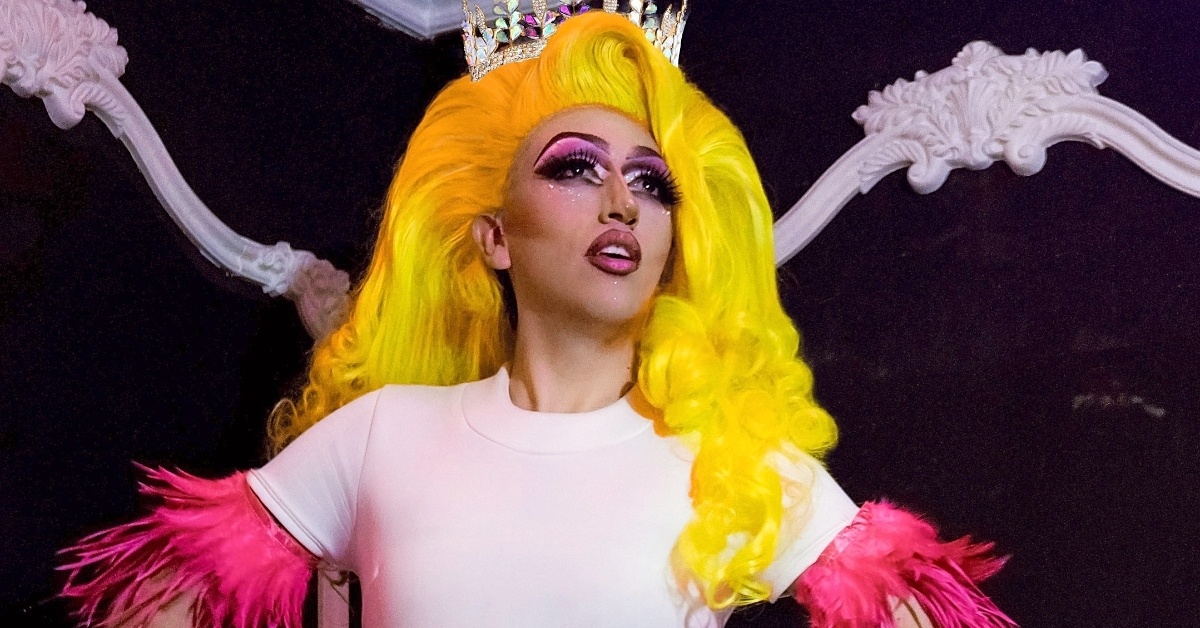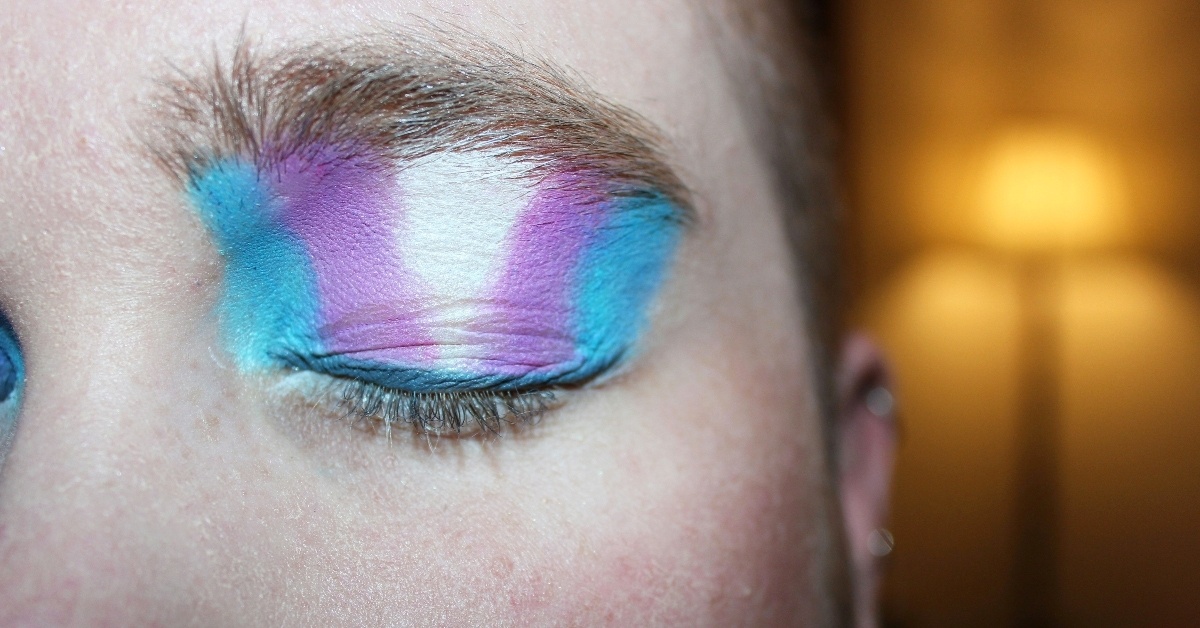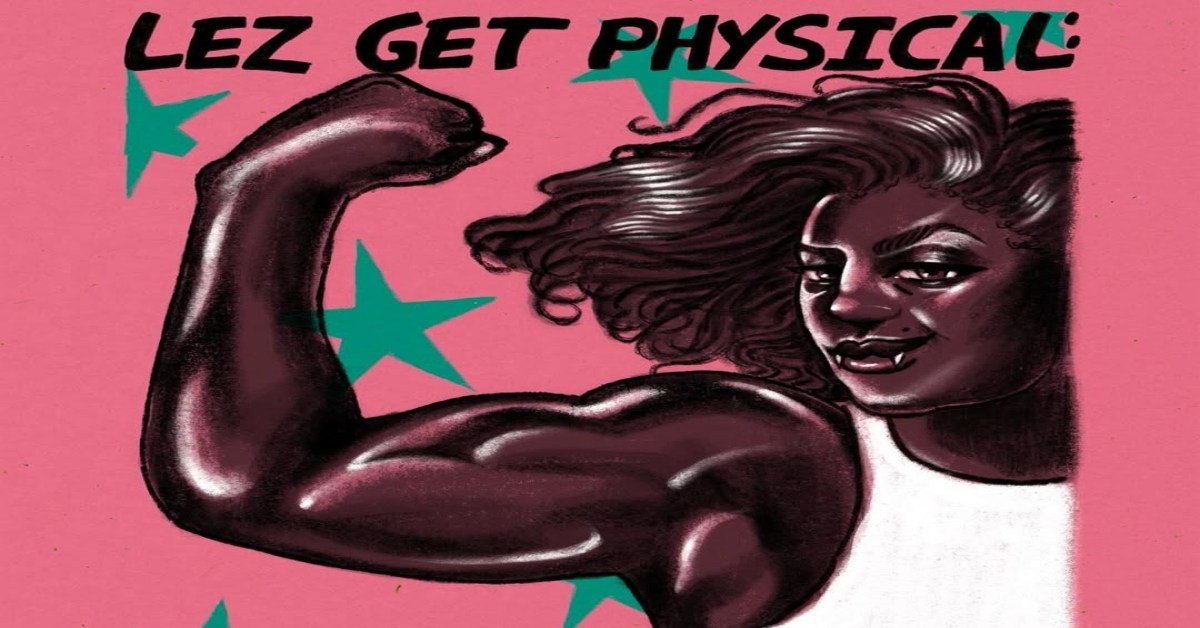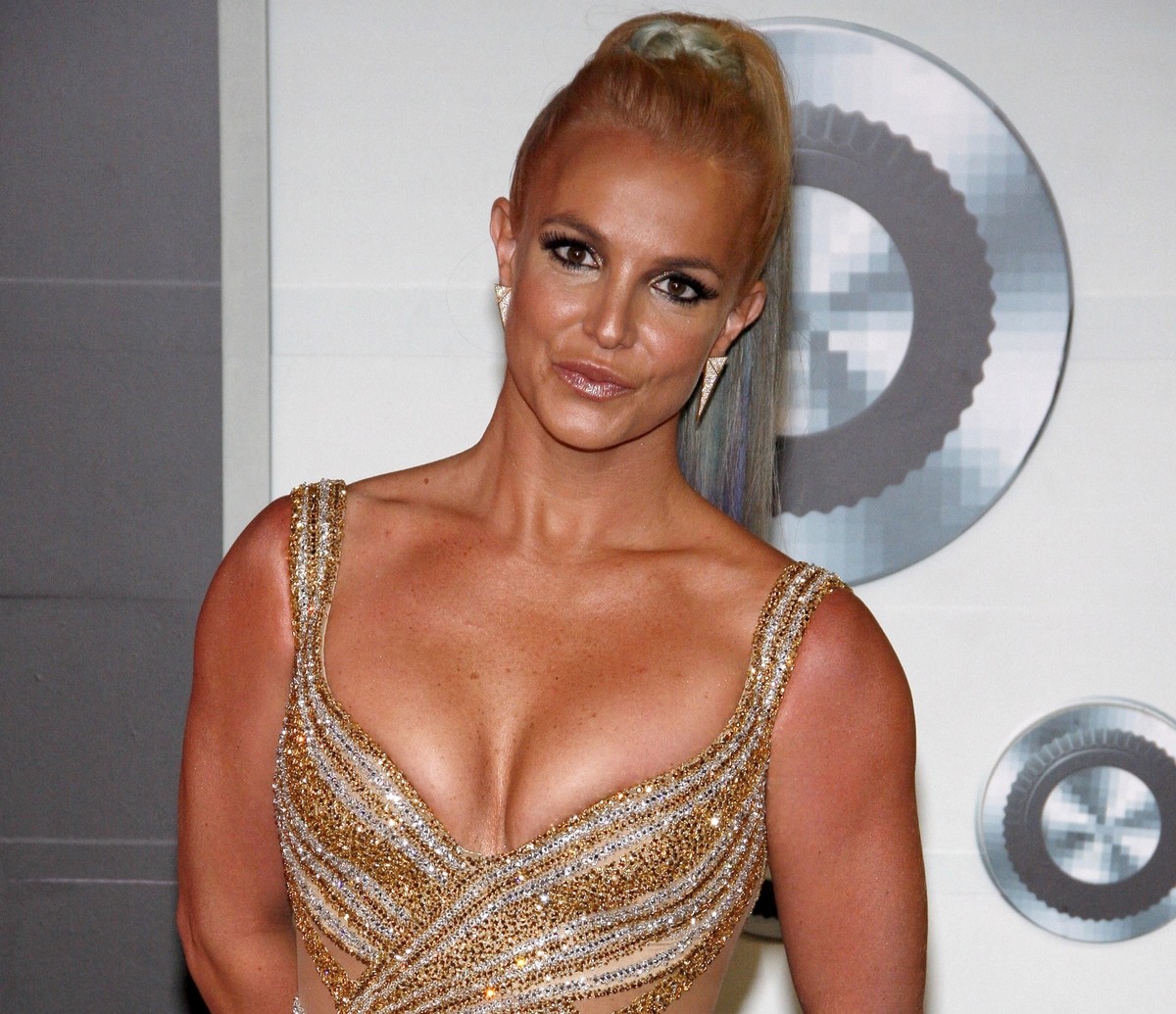BY: DM
Published 5 months ago

The word “doll” is having a moment in queer culture, leaping from ballroom slang to social media feeds. In April, actor Pedro Pascal turned heads on a red carpet by sporting a “Protect The Dolls” T-shirt – three words that sparked curiosity.
The shirt, designed by Conner Ives, calls for protecting transgender women – “dolls” being an affectionate term for trans women. The term was thrust into the spotlight, leaving many outsiders wondering who “the dolls” are, and what it means to be one.
Within LGBTQIA+ circles – especially among trans women, drag performers, and the ballroom scene – “doll” carries decades of cultural weight. Now, as the term enters mainstream conversation, let’s unpack its origins and the respectful way to use it.
What is a “doll?”

Long before “doll” was printed on tees, it was popular in the underground ballroom scene of the 1980s, according to Them. In Black and Latino LGBTQIA+ ball culture, “doll” began as slang for a trans woman, specifically one radiating a certain kind of hyper-femininity and confidence. The term was coined by Black and Latina trans women in that era’s drag balls. It served as an affirming code word to celebrate one another’s womanhood. Much like how gay men once used the phrase “friend of Dorothy” to identify each other, “doll” acted as a wink and nod among trans women. It helped them acknowledge each other’s identity in hostile times.
In the trans and drag communities, calling someone a doll is a compliment. A doll usually presents in an unapologetically feminine way. These folks dress up, get glammed, keep every hair in place, and aim to look flawless. Transfeminine communities use “doll” as a term of endearment and solidarity. By 2025, it has become a popular way to refer to a trans woman. Still, not every trans woman claims the label—and that’s completely valid. While the term holds space for many, some transfeminine people don’t connect with it.
Who can use the term? And when?

Trans people often use “doll” as a self-applied label or a warm nickname among transfeminine friends. Most folks in the community see it as affectionate slang, not a slur. Still, its positivity doesn’t give everyone permission to use it freely. If you’re outside the trans femme community, approach the term with care and respect. Use it to show support or admiration, not as a throwaway word. When non-trans allies say, “Protect the dolls!” at protests or drop a, “She is that doll,” in praise of a trans woman’s look, the gesture usually comes across as affirming.
On the other hand, walking up to a trans woman you don’t know and yelling, “Hi doll” might come off as awkward. The term was born from the experiences of trans women, particularly trans women of color. It’s not a word that applies to just anyone for fun. When a random cis person uses “doll” as a pet name for any woman, or calls a trans woman “doll” in a joking way, they can easily miss the mark.
Who’s a public figure you think embodies true doll energy? Comment below!










